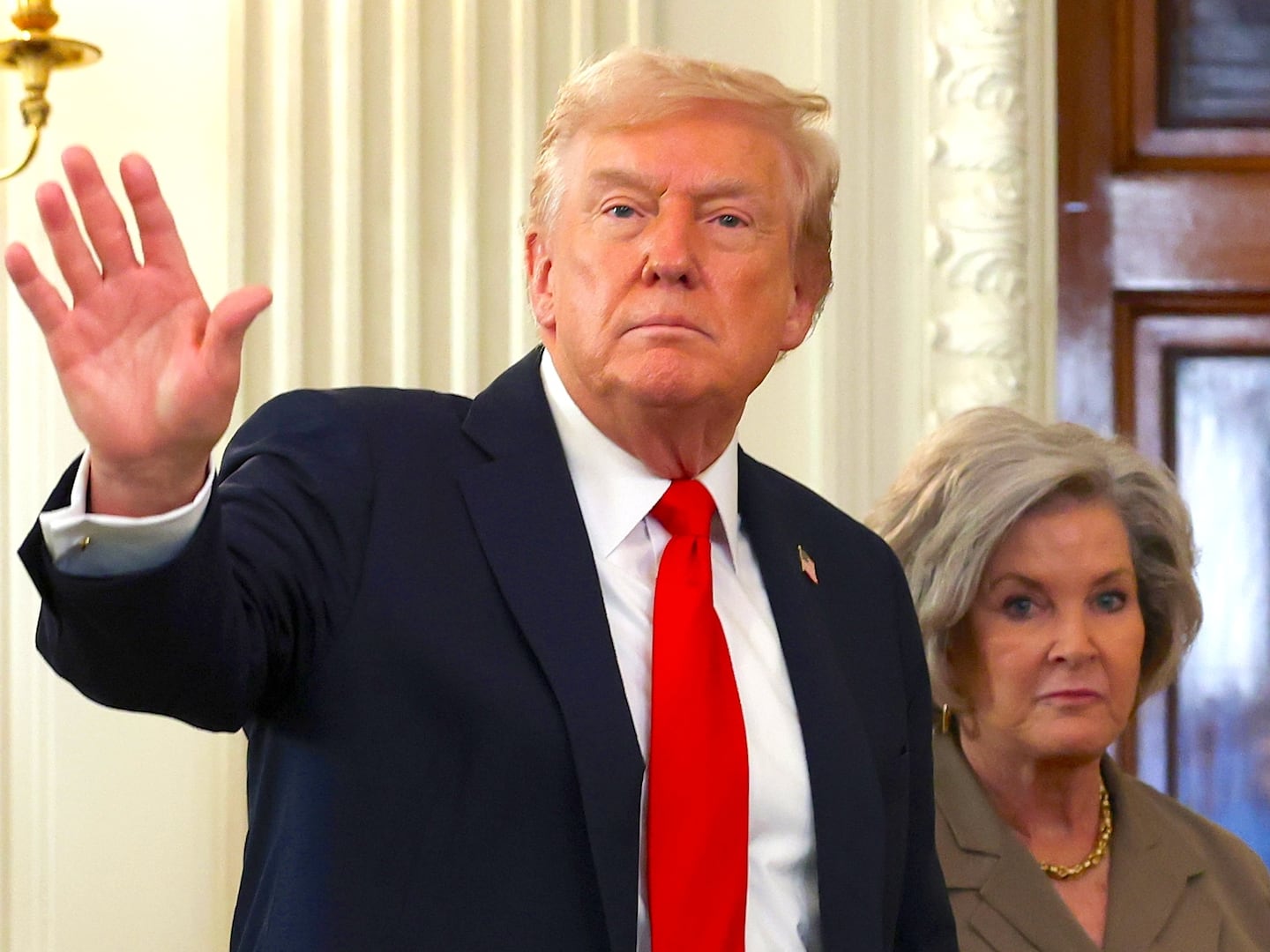It seemed as though President Obama couldn’t possibly say anything to make conservatives, particularly conservative members of the media, even more incredulous than they already are. But then he said what some apparently consider his biggest half-truth or untruth to date: that he believes the country is less racially divided now than it was when he took office. The disbelief was evident in article after article, with one conservative site using “President Pinocchio” in its headline.
The thinking seems to go like this: With protests across the nation over racially charged deaths, from Michael Brown to Tamir Rice, how could the president say with a straight face that our nation is not less divided than it once was? Especially when polls show that some Americans think we are. And yet the answer to that question can be found in Obama’s own words. “I actually think that it’s probably in its day-to-day interactions less racially divided,” he told NPR.
He’s right. Despite the images perpetuated by the media highlighting divisions—because that makes better television than images highlighting unity—we are not a nation at war over race. We are a nation suffering growing pains. We are a nation in which a few rotten apples are spoiling different barrels. There are a few among the police, whom some Americans no longer trust; among some of the communities currently at odds with the police; and among those more interested in securing 15 minutes of social media fame by stoking unrest than seeing our nation at peace. But those rotten apples do not represent all Americans. Those rotten apples do not represent America, and they certainly don’t represent a nation at war.
How do I know? Well, the numbers tell us so, as do all of our day-to-day interactions, just as the president said.
For starters, the number of interracial married couples reached an all-time high in 2012, three years after President Obama took office, jumping from 7 percent in 2000 to 18 percent. Those numbers don’t include those who are dating or cohabitating, an indication that the number of interracial couples is actually higher, as American marriage rates are at an all-time low.
And while a majority of Americans may not be in interracial relationships, a large number of Americans are now either related to someone or know someone who is in one or has been in one. Furthermore, mixed race children are the fastest growing population in the country. Someone who once may have been less evolved on race relations could very well now have a grandchild, niece, nephew, or godchild who is of mixed race, which will likely spark an evolution of some sort. That evolution can be seen in Gallup’s tracking of national attitudes on interracial relationships. In 1958 4 percent of Americans approved of such couples. By 1997 half of Americans approved, and by 2012 the number was 87 percent, a steady year-to-year increase in the years since the Obama presidency began.
I have been reminded of this throughout the holiday season, in both big cities and small Southern towns, where I’ve crossed paths with a number of mixed race families. No one stared at them as though they were anomalies, because they aren’t anymore. They represent the face of the new America, an America the country’s first biracial president has helped usher in, despite what critics might say.
But then again, highlighting the new America doesn’t generate the clicks or the TV ratings that highlighting people spewing angry, racially charged rhetoric does. So the story has become “America is divided by race,” and though that doesn’t represent most Americans’ day-to-day experiences, some of us are buying into the media’s toxic narrative.
I almost did. While traveling this holiday season, a relative and I were pulled over by a police officer. It was late at night, in the South, and a relatively deserted area. The officer was white, male, and had a Southern drawl. Since my relative and I are both African American and have been following the same news coverage many of you have been, I was nervous. I even began texting a friend so someone would be aware of where we were and what was occurring on the off chance the experience took a turn for the worse. It didn’t. He was courteous, explained the legitimate reason we were briefly pulled over, and then let us continue on our way. I breathed a heavy sigh of relief.
The fact that many African Americans fear the police more than our white counterparts says our nation is still a work in progress. But the next time you are tempted to say our nation is worse off on race than it was before the president took office, ask yourself this: Are your day-to-day relationships with people of other races worse? The people you work with, or see at your grocery store, or your church? Are your personal relationships worse? Or is it simply that what you are hearing and seeing about race in the media seems worse?
If that is the case, then here’s a piece of advice: Turn your TV off.






